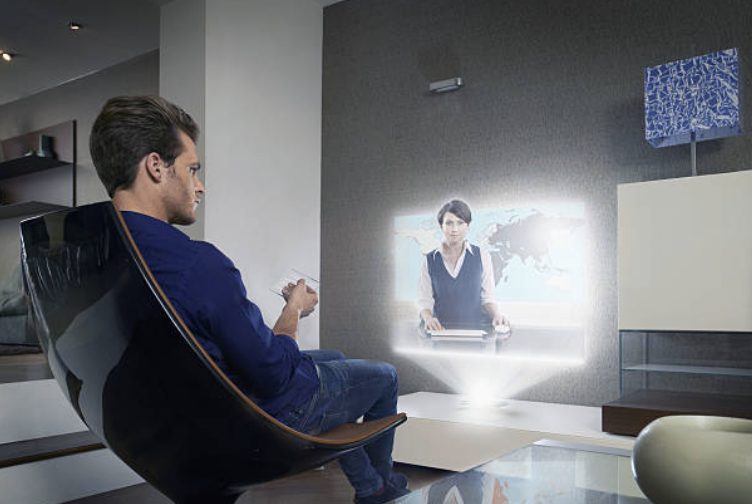Holographic technology has come a long way since it was first developed in the 1960s. It’s gone from being an impractical laser-based display to one that you can walk around, stand next to, and interact with in 3D. Today, holographic technologies are becoming more and more ubiquitous, as advances in display technology allow for smaller screens that can be projected into the air with less power consumption. Let’s take a look at how holographic technology has evolved over time, from its inception to its current state, and how it’s growing as we speak.
The First Hologram
Holograms date back to 1947 when Dennis Gabor, a British scientist, discovered how to record 3D images and make them visible without special glasses. His discovery—an image projected onto a piece of film—became known as Gabor’s hologram. Before then, no one knew it was possible to record an entire three-dimensional scene on photographic film. The technology at that time simply wasn’t advanced enough to achieve such a feat.
Current Uses
Holograms can be used for fun and marketing as well. This technology has been used in live concerts to add an extra element of excitement to performances. When watching a hologram, we often feel like we are interacting with a real person rather than a projection.
Holograms have become an increasingly popular addition to events, using two-dimensional holograms to provide live projections of speeches or pre-recorded messages that create a more engaging experience for audiences. However, it’s difficult to make holograms in real time. Recent innovations in 3D and artificial intelligence technologies are beginning to change that.
How Does It Work?
A hologram is simply a three-dimensional representation of a two-dimensional image. To make a hologram, you need to shine light on an object through an image plane and record what that light does as it bounces off of its surface. The recorded interference pattern is then processed by your computer (or more accurately, your camera). The result is an illusion that seems to be three-dimensional. The best part? You can see a 3D hologram using ordinary glasses or even without any special equipment. It’s truly magical.
Safety Concerns
Holograms aren’t for everyone—and although I predict hologram technology will become as commonplace as smart phones in our day-to-day lives, it won’t be happening anytime soon. Why? Because there are safety concerns involved with hologram use. For example, if you see someone moving around a room or even on top of your car and you don’t know that person is a hologram (i.e., not really there), what do you do? Sure, we can figure out how to create realistic-looking 3D images for real-world purposes (such as entertainment), but figuring out what actually makes them seem real enough to trigger other kinds of responses may be harder than we anticipate.
